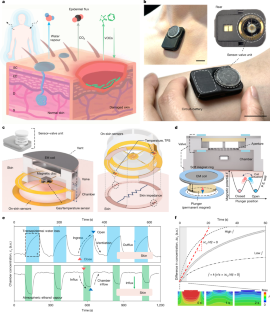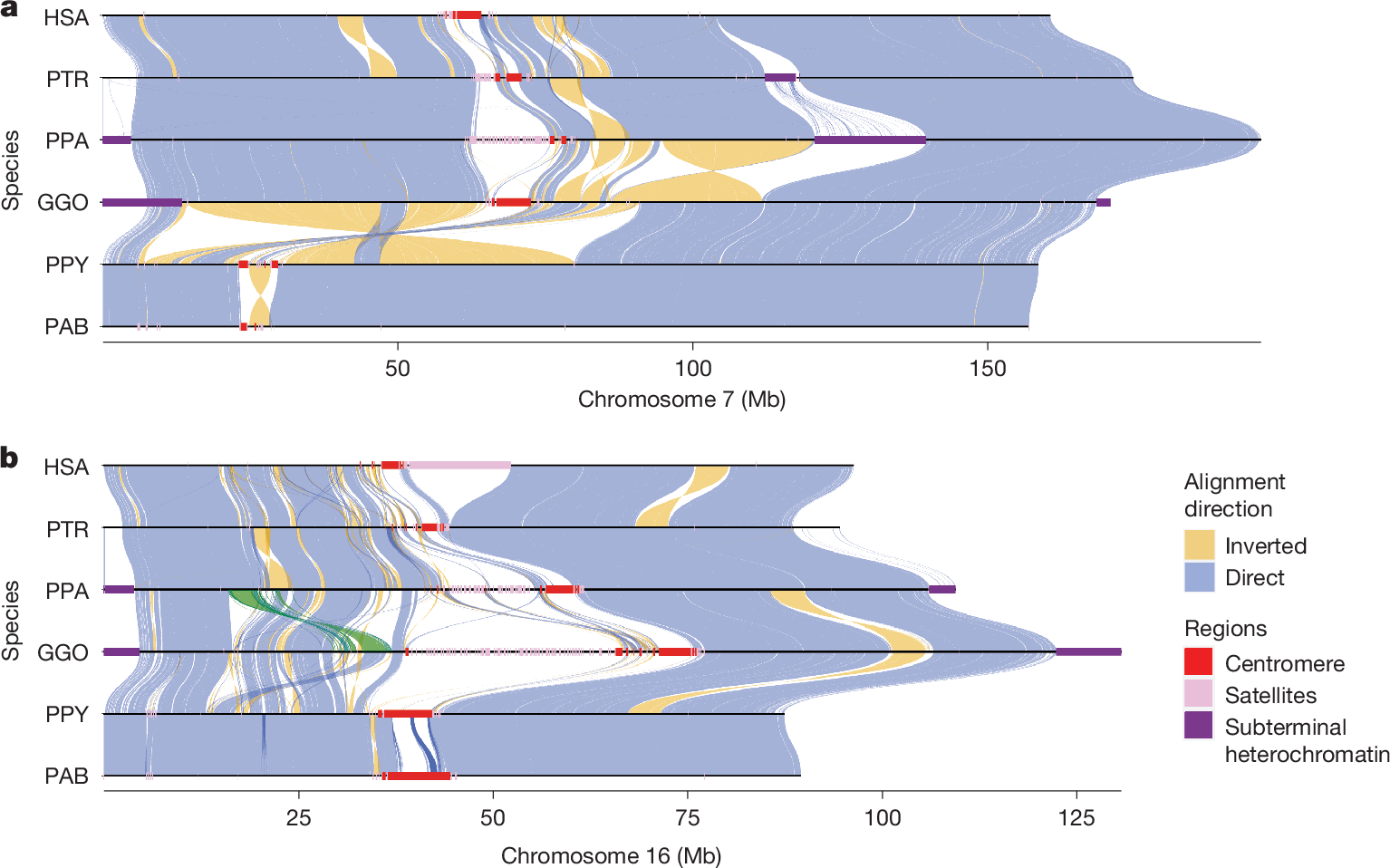2025-04-09 ノースウェスタン大学
<関連情報>
- https://news.northwestern.edu/stories/2025/04/your-skin-is-breathing-new-wearable-device-can-measure-it/
- https://www.nature.com/articles/s41586-025-08825-2
表皮分子流束をモニターする非接触ウェアラブルデバイス A non-contact wearable device for monitoring epidermal molecular flux
Jaeho Shin,Joseph Woojin Song,Matthew Thomas Flavin,Seunghee Cho,Shupeng Li,Ansen Tan,Kyung Rok Pyun,Aaron G Huang,Huifeng Wang,Seongmin Jeong,Kenneth E. Madsen,Jacob Trueb,Mirae Kim,Katelynn Nguyen,Angela Yang,Yaching Hsu,Winnie Sung,Jiwon Lee,Sooyeol Phyo,Ji-Hoon Kim,Anthony Banks,Jan-Kai Chang,Amy S. Paller,Yonggang Huang,… John A. Rogers
Nature Published:09 April 2025
DOI:https://doi.org/10.1038/s41586-025-08825-2

Abstract
Existing wearable technologies rely on physical coupling to the body to establish optical, fluidic, thermal and/or mechanical measurement interfaces. Here we present a class of wearable device platforms that instead relies on physical decoupling to define an enclosed chamber immediately adjacent to the skin surface. Streams of vapourized molecular substances that pass out of or into the skin alter the properties of the microclimate defined in this chamber in ways that can be precisely quantified using an integrated collection of wireless sensors. A programmable, bistable valve dynamically controls access to the surrounding environment, thereby creating a transient response that can be quantitatively related to the inward and outward fluxes of the targeted species by analysing the time-dependent readings from the sensors. The systems reported here offer unique capabilities in measuring the flux of water vapour, volatile organic compounds and carbon dioxide from various locations on the body, each with distinct relevance to clinical care and/or exposure to hazardous vapours. Studies of healing processes associated with dermal wounds in models of healthy and diabetic mice and of responses in models using infected wounds reveal characteristic flux variations that provide important insights, particularly in scenarios in which the non-contact operation of the devices avoids potential damage to fragile tissues.


